What Is the Scope of Club Drug Experimentation Today?
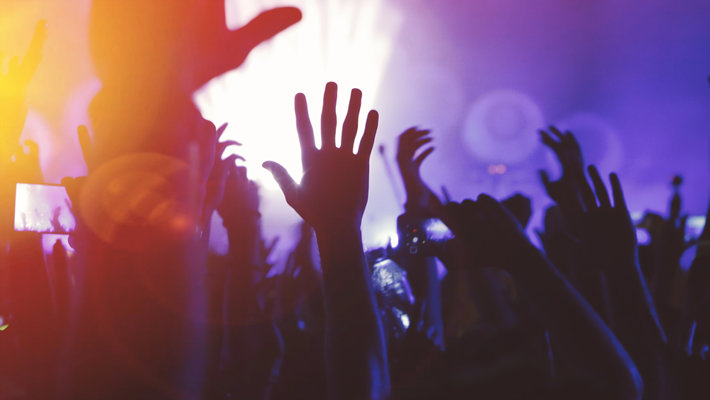
Survey results show young Americans are indicating increasing interest in club drugs, a category of mind-altering substances that rose to popularity during the 1990s. People should understand what these drugs are, their effects, and how to tell if a family member or loved one is experimenting with them.
Club Drugs Defined
Club drugs are not one type of drug but rather refer to a category of different drugs that people tend to use at bars, nightclubs, concerts, parties, raves, music festivals, and dance events. While the club drug category includes several types of drugs, club drugs typically heighten perceptions and reduce inhibitions.
Different Types of Club Drugs
The list of club drugs is rarely ever a complete one because clandestine drug labs are regularly producing new variations of mind-altering substances meant for “party” scenes. However, the most common club drugs include:
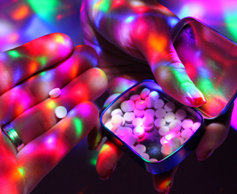
- Ecstasy. Also called “molly” or “MDMA,” ecstasy is perhaps the best-known club drug. It is a synthetic (human-made), psychoactive drug that acts as both a stimulant and a hallucinogen. The drug produces feelings of increased energy, euphoria, distortions in perceptions, enhanced tactile experiences, and emotional warmth. Ecstasy is dangerous to users as it can cause changes in heart rate, blood pressure, muscle tension, teeth clenching, nausea, blurred vision, chills, and sweating. Ecstasy also inhibits the body’s ability to regulate temperature, which can lead to a sharp increase in body temperature (known as hyperthermia). In severe cases, this can result in liver, kidney, or cardiovascular system failure, even death.
- Rohypnol. Often called the “date rape” drug, Rohypnol (flunitrazepam) is a central nervous system depressant. It is odorless, colorless, and tasteless, and it causes deep intoxication and short-term memory loss. It can be used recreationally, but its side effects (amnesia, decreased reaction time, impaired mental functioning and judgment) also make it ideal for those intending to commit sexual assault.
- GHB. Similar to Rohypnol, GHB (Gamma-Hydroxybutyric acid) is used to prevent resistance to sexual assault. The drug is also used for its intoxicating, mind-altering effects. Coma and seizures are common side effects, and when combined with alcohol, the drug can cause nausea and breathing difficulties.
- Ketamine. Used in veterinary practice as an animal tranquilizer, ketamine produces pain relief and psychological detachment when used by humans. The drug has hallucinogenic effects and can distort thinking, perceptions, and emotions. The drug can impair attention, learning, and memory at low doses. At high doses, ketamine can produce dreamlike states and long-lasting hallucinations. Some of the harmful side effects of ketamine include agitation, depression, cognitive difficulties, unconsciousness, delirium, and amnesia.
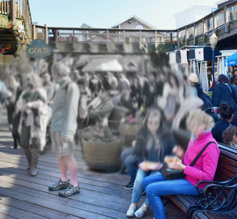
- LSD. LSD is a hallucinogenic drug that is often used in club environments and settings like dances, raves, music festivals, and parties. An extremely potent hallucinogen, people who use LSD go on “trips” where they become detached from the world. When used often and in high doses, users risk not being able to return from such trips.
Because the types of club drugs used are always changing and because the chemical makeup of such drugs is always in flux, users have no way of knowing what they’re consuming or what chemicals they’re putting into their bodies. That makes experimenting with club drugs extremely dangerous.
Estimating the Scope of Club Drug Experimentation Today
Club drugs are not closely examined or researched anywhere near to the extent that hard drugs like opioids, cocaine, and meth are, so data examining the scope of club drug use is limited. However, there are some localized reports and research papers that examine the scope of club drug use in specific geographic regions. Such reports provide insight into just how widespread club drug use has become.
One report from the New York City Department of Health estimated that 4.7% of NYC high school students reported having used ecstasy one or more times in their lifetime. About 0.9% said they’d used it in the past year.
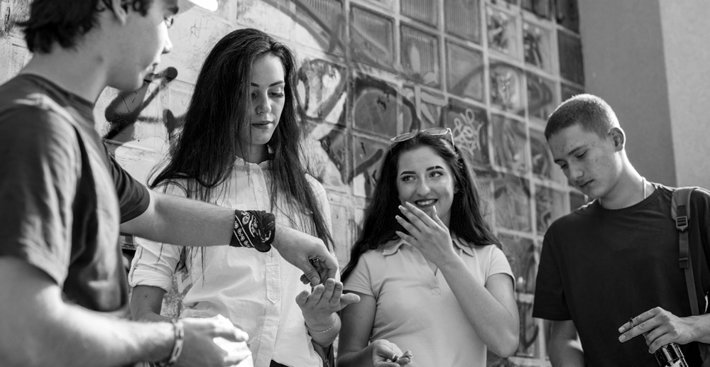
According to another report published in the American Journal of Public Health, the experimental use of ketamine increased from 2006 to 2019, reaching a peak in 2019. From 2019 to 2021 (when the report was published), ketamine use leveled out but did not decrease.
A report published in the journal Public Health Reports determined that club drug use was on the rise among young people. That report noted lifetime exposure to MDMA/ecstasy at 12.4% to 14.9%, cocaine at 12.6% to 14.3%, and LSD/acid at 7.9% to 11.2% among young adults.
Another report that assessed club drug use among NYC youths found that 22% of young people polled admitted to using club drugs at some point in their lives.
Despite club drugs referring to a category of mind-altering substances and despite there being significant differences in the types of club drugs used (such differences often depend on the geographic region and the type of events, parties, raves, and music festivals the drugs are found at), there is sufficient evidence to show club drug use is increasing among America’s youth.
Signs and Symptoms of Club Drug Use
Club drugs may come in varying types and contain different chemical makeups, but many of the signs and symptoms of their use look similar. For example, people who use club drugs often exhibit:
- Varying degrees and forms of euphoria
- Heightened feelings of closeness and empathy
- Increased tactile sensations and sensitivity to light and sound
- Confusion, anxiety, displeasure, distortion, depression, and paranoia
- Muscle tension, twitches, tics, and tremors, including muscle cramps
- Hallucinations, delirium, distorted perceptions, and confusion about reality
- High fever, sweating, unconsciousness, dehydration, and skin hot to the touch
- Amnesia, unconsciousness, seizure, slowed heart rate, slowed breathing, vomiting, nausea
- Dilated pupils, lack of appetite, dry mouth, and severe sedation potentially leading to coma
The above is by no means a complete list of the signs and symptoms of club drug use, but these are the more common symptoms of people who have been experimenting with LSD, ketamine, Rohypnol, GHB, and ecstasy.
The Need for Treatment for Those Who Cannot Stop Using Club Drugs
Club drug use is on the rise, and while such drugs are not associated with the epidemic-level rate of fatal opioid drug overdoses currently plaguing the nation, club drugs are still very harmful and can be fatal. Further, because such drugs tend to attract younger users, they carry the additional risk of introducing people to drugs at a very young age.
People who use club drugs and who cannot stop must seek help at qualified, residential drug addiction treatment centers as soon as possible. If you know someone who is using such drugs and who cannot stop, please help them find and enter a qualified addiction treatment program. Please do not wait until it is too late and their drug use escalates.
Sources Cited:
- DEA. “Drugs of Abuse.” Drug Enforcement Administration, 2017. dea.gov
- NYC. “Club Drugs (Ecstasy, Herbal Ecstasy, Rohypnol, GHB, Ketamine).” New York City Department of Health. nyc.gov
- AJPH. “Trends in Ketamine Use, Exposures, and Seizures in the United States up to 2019.” American Journal of Public Health, 2021. ajph.aphapublications.org
- PHR. “Club Drug Use and Dependence Among Young Adults Recruited Through Time-Space Sampling.” Public Health Reports, 2009. ncbi.nlm.nih.gov
- JUH. “Prevalence and Predictors of Club Drug Use among Club-Going Young Adults in New York City.” Journal of Urban Health, 2006. ncbi.nlm.nih.gov
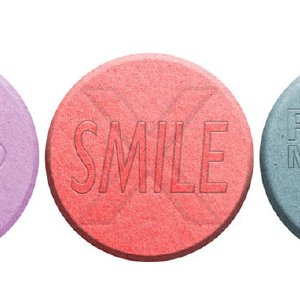
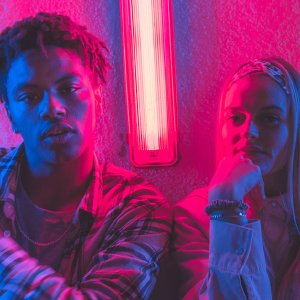
 ®
®